Your smartphone connects to more than just social media—it now controls your home's lighting, temperature, and security systems, all within a compact living space. Most tiny homes range from 100 to 400 square feet, with some extending up to 500 or 600 square feet, making every technological choice crucial for maximizing both comfort and functionality.
Modern tiny house living has evolved far beyond basic minimalism, embracing technology that enhances these carefully designed spaces. Today's tiny house dwellers aren't sacrificing digital conveniences; they're reimagining how technology fits into intentional living.
Key Takeaways
-
Smart home automation transforms tiny spaces into highly efficient, connected environments
-
Remote work capabilities make tiny houses viable for digital professionals and entrepreneurs
-
Energy management systems optimize solar power and battery storage for off-grid connectivity
-
Streaming services and cloud storage eliminate the need for physical media collections
-
Digital nomad networks provide community and resources for mobile tiny house living
Smart Home Integration: Maximum Control in Minimal Space
Technology amplifies every square foot when space comes at a premium. You'll find that modern tiny houses incorporate voice-activated assistants, automated lighting systems, and programmable thermostats that learn your daily routines. These systems aren't luxury add-ons—they're practical solutions for managing limited space efficiently.
Smart home hubs centralize control of multiple systems through single apps, eliminating the need for separate controls cluttering your compact living area. Motion sensors automatically adjust lighting based on occupancy, while smart plugs monitor energy consumption for appliances. Multi-zone heating and cooling systems ensure comfort without wasting energy on unused areas.
The integration extends to security features tailored for tiny living. Smart locks provide keyless entry, security cameras offer remote monitoring, and window sensors alert you to unexpected openings. These technologies address the unique security considerations of tiny houses, which may be located in remote areas or frequently relocated.
Remote Work Revolution: Your Office Travels With You
Digital careers have made tiny house living financially viable for professionals who once required traditional office spaces. High-speed internet connectivity through cellular boosters, satellite systems, or fiber connections enables seamless remote work from virtually any location.
You can establish dedicated workspace zones using convertible furniture—desks that fold into walls, murphy beds that reveal office setups, or dining tables that transform into conference spaces. Noise-canceling technology and acoustic panels help maintain professional video call quality despite the compact environment.
Cloud-based systems eliminate the need for physical filing cabinets or extensive equipment storage. Document scanners digitize important papers, while wireless printers handle occasional hard copy needs. Multiple monitor setups maximize productivity within minimal square footage, often using wall-mounted or articulating arms to save desk space.
The flexibility extends beyond just working from home—you're working from anywhere. Location independence also means that accessing financial services becomes more important for mobile lifestyles. Whether you're parked in a Pennsylvania travel center or exploring remote areas, bitcoin ATMs can be found at various locations, including convenience stores and gas stations, providing access to digital currency services that complement the tech-forward tiny house lifestyle. This accessibility supports the growing number of professionals who earn and manage income digitally while living on the road.
For digital nomads who aren’t ready to commit to tiny house living but still crave freedom and flexibility, companies like Blueground offer fully furnished, tech-enabled apartments in major cities worldwide, including Dallas and other remote work hubs, making it easy to stay connected and comfortable while working from anywhere.

Energy Independence Through Digital Monitoring
Off-grid tiny living becomes more achievable with sophisticated energy management systems that track consumption in real-time. Solar panel arrays paired with lithium battery banks provide reliable power, while digital monitoring systems optimize usage patterns throughout the day.
Smart inverters automatically switch between solar, battery, and generator power based on availability and demand. Energy monitoring apps show which appliances consume the most power, helping you make informed decisions about usage. Some systems even predict energy needs based on weather forecasts and usage patterns.
Water management benefits from similar digital oversight. Smart water tanks monitor levels and send alerts when refilling is needed. Greywater recycling systems use sensors to maintain proper treatment levels, extending your off-grid capabilities.
These systems provide the data needed to achieve true energy independence, turning tiny houses into self-sufficient living units that rival traditional homes in comfort and reliability.
Entertainment and Media: Streaming Replaces Storage
Physical media collections become unnecessary when streaming services provide unlimited content access. Different tiny house styles may favor various entertainment setups—some prioritize wall-mounted smart TVs while others opt for portable projectors—but all benefit from eliminating physical storage requirements.
Gaming systems integrate seamlessly into tiny spaces using wall mounts and wireless controllers. Cloud gaming services eliminate the need for physical game libraries, while portable gaming devices maximize entertainment options during travel.
E-readers replace entire libraries, storing thousands of books in devices smaller than a single paperback. Audiobook services provide hands-free entertainment during tiny house maintenance or travel. Digital magazines and newspapers eliminate subscription clutter while keeping you informed.
The shift to digital entertainment creates more living space while actually expanding your entertainment options beyond what would fit in traditional homes.
Connected Communities and Digital Networks
Tiny house living doesn't mean isolation—digital platforms connect you with like-minded communities worldwide. Online forums, social media groups, and specialized apps help you locate parking spots, find repair services, and share experiences with other tiny house dwellers. The tiny house movement has expanded significantly, with at least 115 tiny house villages for homeless persons currently operating or planned across the U.S., demonstrating how this housing model serves diverse populations and needs.
Apps designed for RV and tiny house travel provide real-time information about amenities, internet connectivity, and community guidelines at various locations. Some platforms facilitate house-swapping arrangements, allowing temporary location changes without accommodation costs.
Digital communities also provide professional networking opportunities, enabling career development regardless of your physical location. Virtual meetups, online workshops, and digital collaboration tools maintain professional relationships that might otherwise require physical presence.

Challenges and Considerations
Technology integration in tiny spaces requires careful planning and realistic expectations. Internet connectivity can be unreliable in remote locations, necessitating backup solutions like cellular hotspots or satellite internet. Battery power limitations may restrict simultaneous use of multiple devices during cloudy periods.
Space constraints limit technology expansion, making equipment choices crucial. You'll need to prioritize essential devices and choose multi-functional options when possible. Regular software updates and system maintenance become more critical when you can't easily access technical support services.
Data usage monitoring becomes essential with cellular-based internet, as unlimited plans often have throttling thresholds that affect streaming and work productivity.
Conclusion
Modern tiny house living seamlessly blends intentional minimalism with purposeful technology adoption. Rather than rejecting digital advancement, today's tiny house dwellers strategically embrace tools that enhance their lifestyle while maintaining simplicity. Smart home systems maximize comfort and efficiency, remote work capabilities provide financial freedom, and digital communities offer connection and support. The result is a living experience that combines the best of both worlds—simplified living enhanced by thoughtful technology integration. Are you ready to explore how digital tools could transform your own approach to tiny house living?
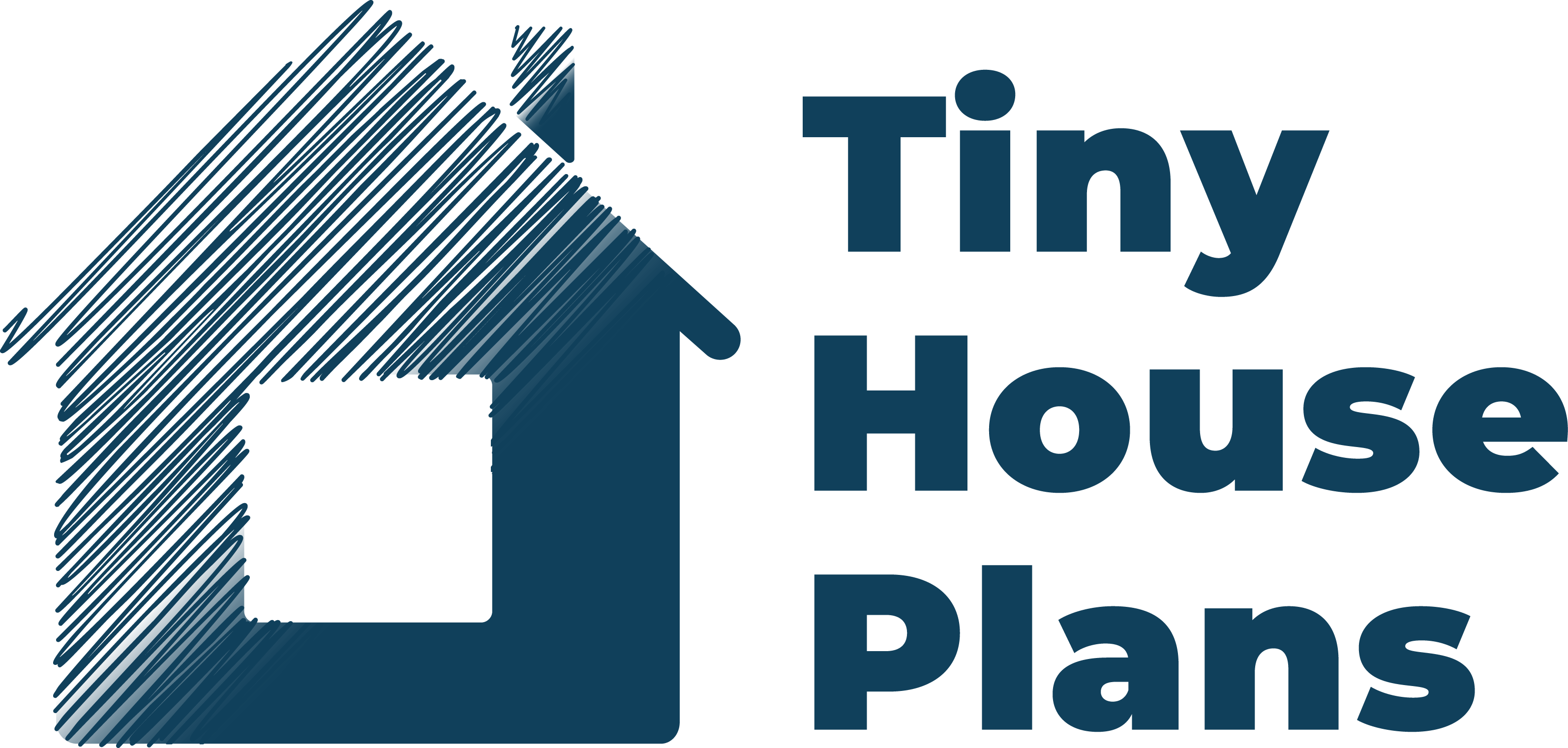

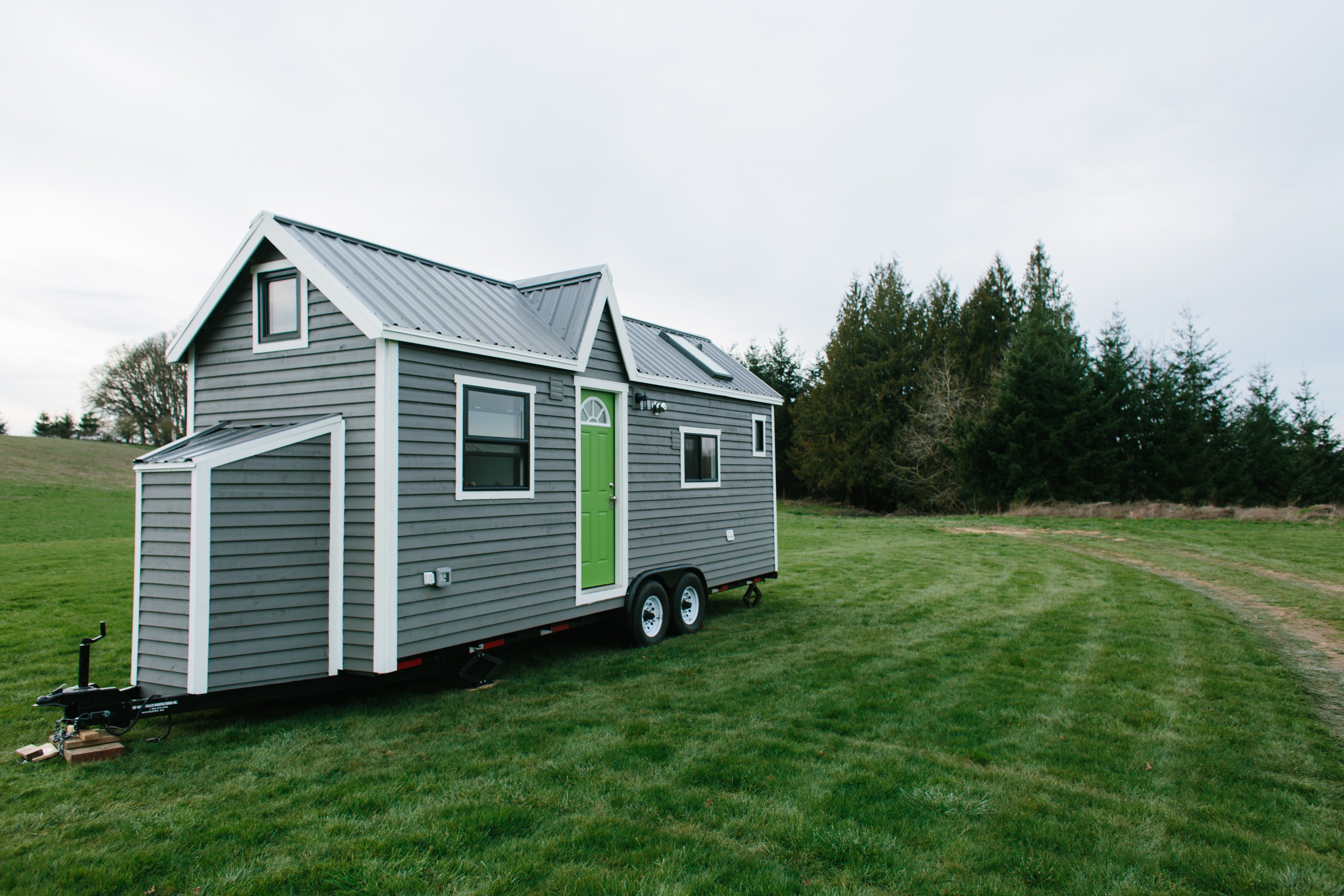
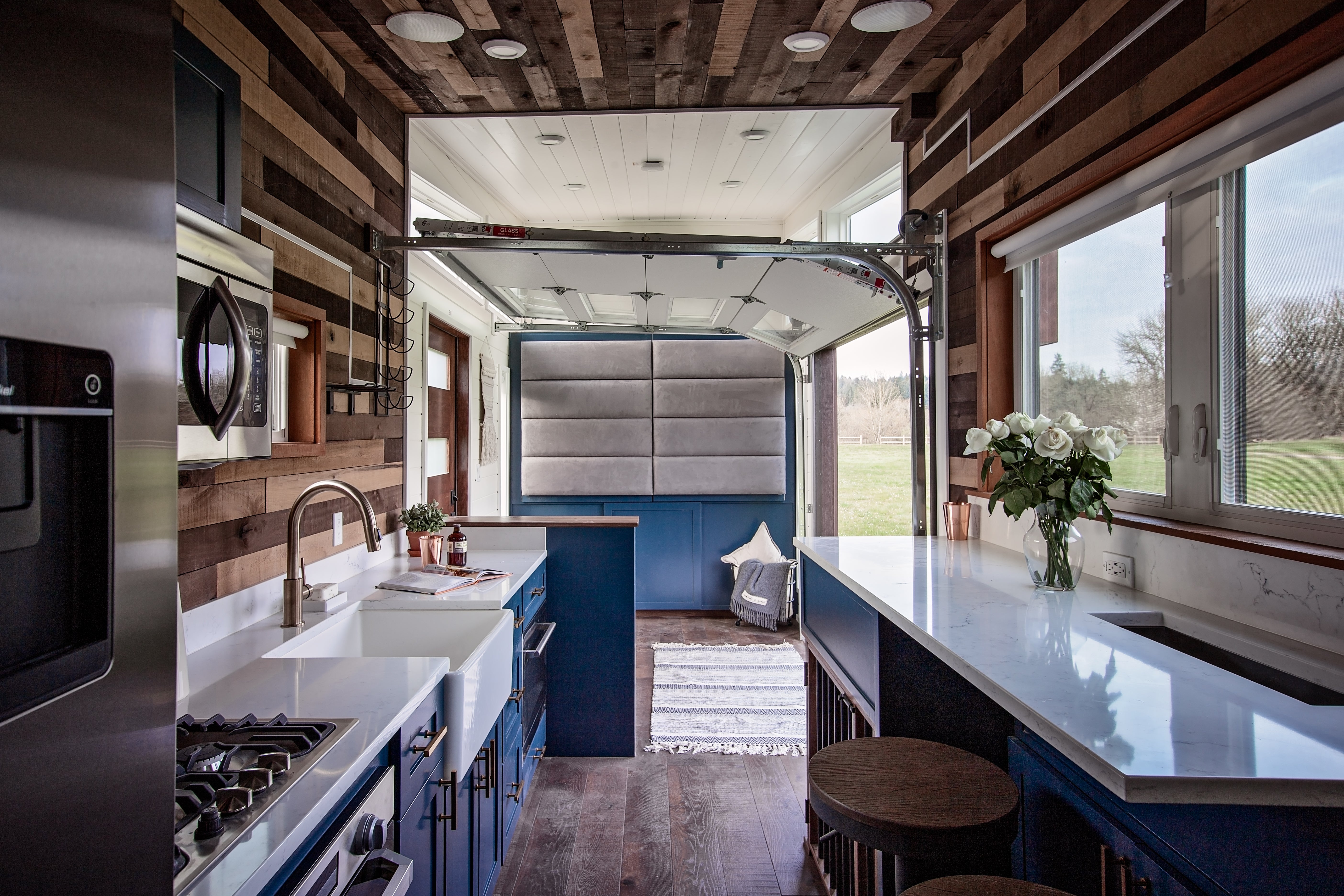
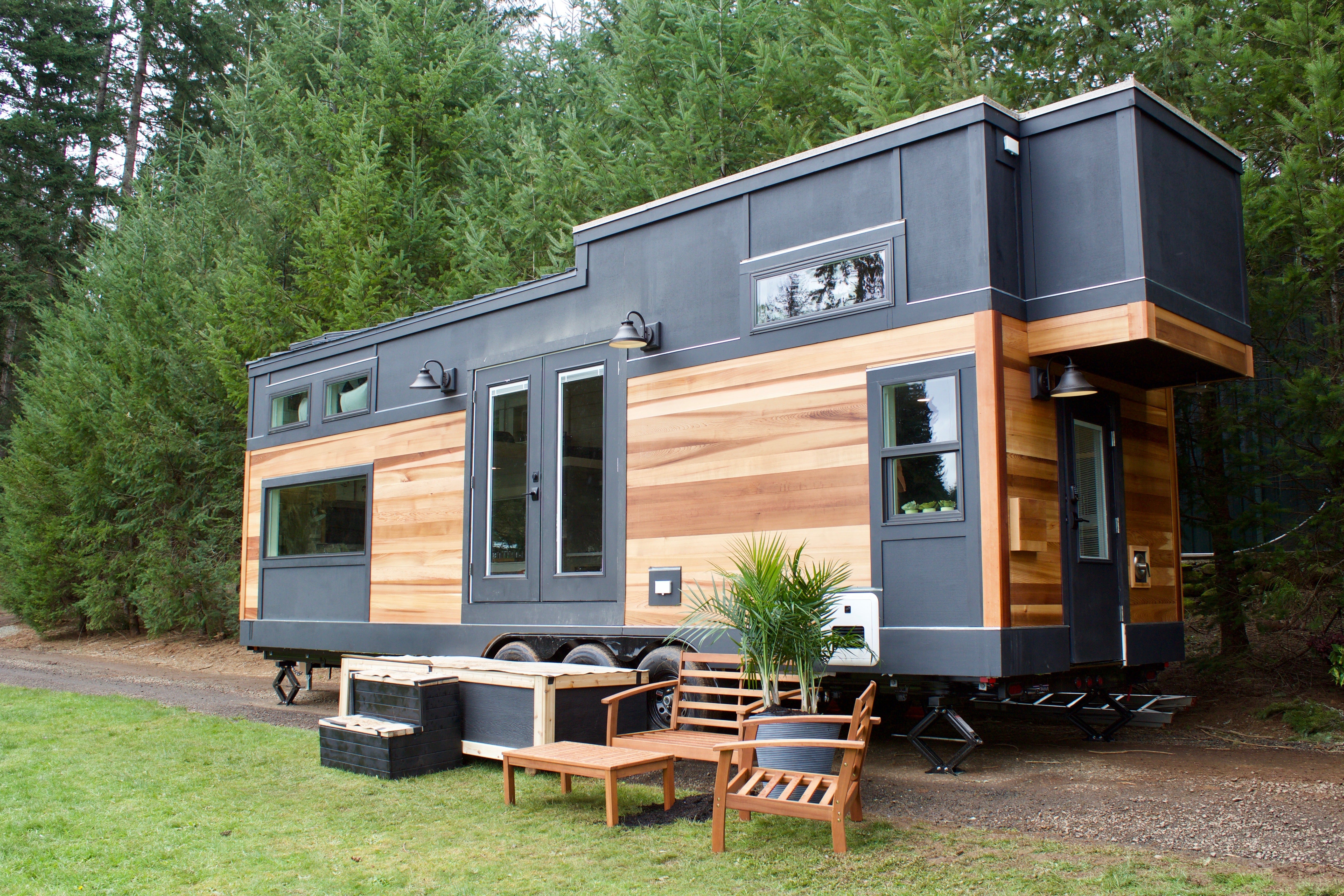
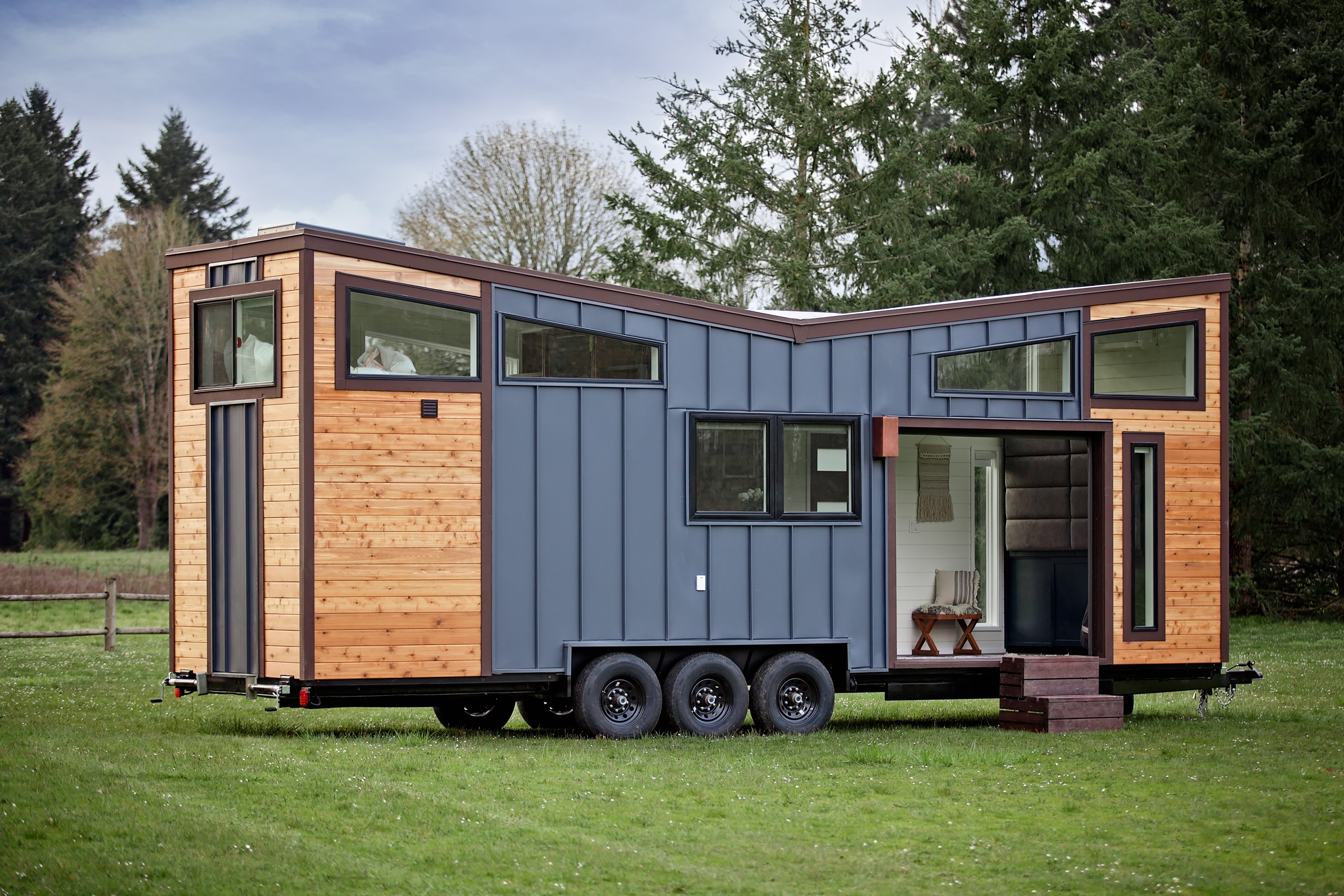
Share: